Earlier this week, news broke that, back in July, illegal goldminers allegedly wiped out an entire village of indigenous Yanomami in the Amazon. Reports suggest that they did this by raining down machine gun fire and crude explosives from helicopters. Only three of the Yanomami villagers survived – the men were out hunting at the time of the attack and returned to find the bodies of their friends and families burning in a mass grave, an apparent attempt by the attackers to cover their tracks.
The remoteness of the settlement, in the south of Venezuela near the border with Brazil, is one of the reasons why the news didn’t reach the outside world earlier. The main motive behind the attack seems to be the goldminers’ desire to exploit the land, and while the Venezuelan government said they investigated, the Minister for Indigenous peoples, Nicia Maldonado, claimed that the committee sent to survey the area found no evidence of any such assault.
Videos by VICE

A couple of weeks ago, we got in touch with Survival International, who are working for tribal people’s rights, to see if we could run the photos of Yanomami shamans that Claudia Andujar had donated to the organisation. The Yanomami in Claudia’s pictures live in Brazil, not Venezuela, but nevertheless give a precious insight into a culture that is increasingly endangered and (I guess justifiably) wary of outsiders.
Typically, “shaman” are men and women who specialise in communicating with the natural world and its spirits; people who have a heightened awareness of the divine and the intangible.
“Omama, our creator, made us think and talk with the soul of the forest, the soul of the mountain and with the soul of the moon, sun and stars,” Yanomami shaman Davi Kopenawa told Claudia when she visited their village.

Shamans have many roles. They are variously healers and priests, custodians of their people’s sacred rituals, weather diviners, cosmologists, dream tellers and keepers of botanical knowledge. Yanomami shamans command thunder storms and caution the wind. They prevent the sky from falling down and use their powers to ensure hunting successes, cure human diseases and put flight to hostile spirits. The shamans give orders to the sun, and instruct the spirits to speak to the moon.
This morning, Survival International released their own statement regarding the massacre:
“The government’s denial that a massacre has taken place is not unusual in these circumstances and should be treated with a huge amount of caution. We do not believe the investigating team has even reached the area where it happened. It is quite normal in these circumstances for there to be a long lapse before the facts can be sensibly established (if indeed they ever can).
“Some have suggested that no massacre took place and are claiming to know more than the Indians on site who reported this. Again, this is not unusual in these circumstances. We are calling for all illegal miners to be removed from Yanomami territory, and the perpetrators of the massacre to be brought to justice.”
Click here to launch the photo gallery.
Survival International is an organisation working for tribal people’s rights worldwide. If you’d like to show them some support, click here.
Sometimes people should leave other people alone. Here’s a few more reasons why:
Should I Donate Money to Kony 2012 or Not?
The Pacific Island Where Prince Philip and His Black Brother Are Gods
See Jungle Style, Go Ape Crazy
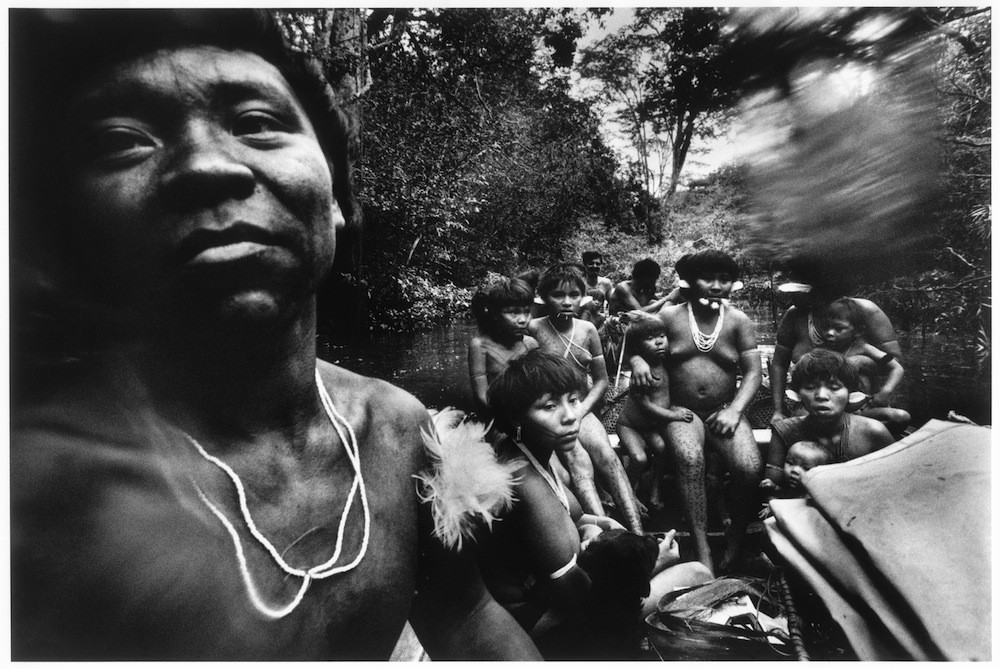
Photo by Claudia Andujar
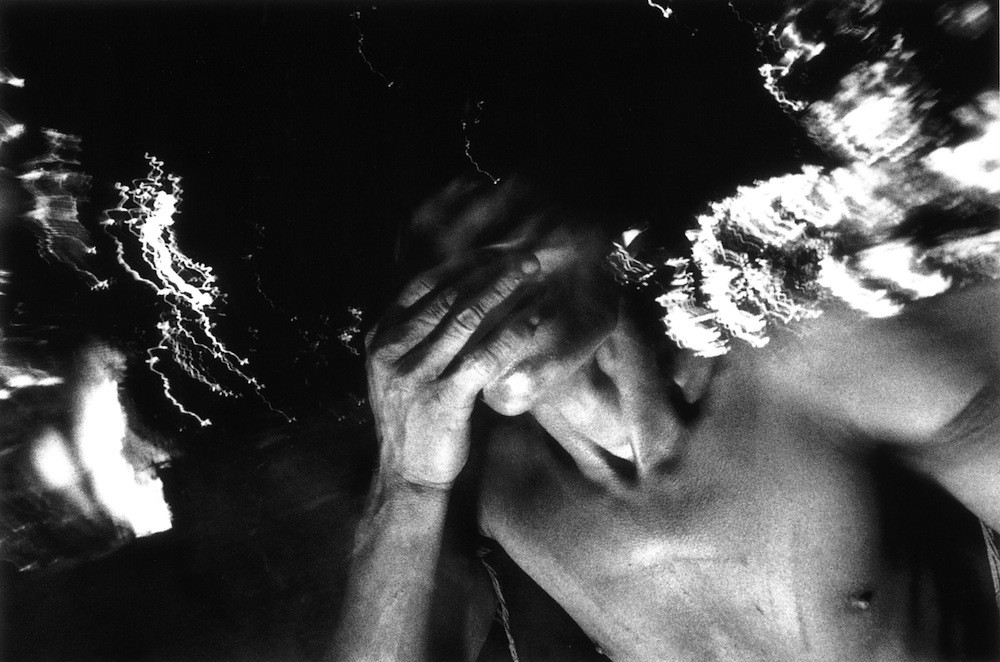
Yanomami shamans inhale the yakoana powder, extracted from the bark of the virola tree, in order to enter a dream state. The powder is administered through a long tube, traditionally made from the hollowed stem of a palm tree.
Photo by Claudia Andujar
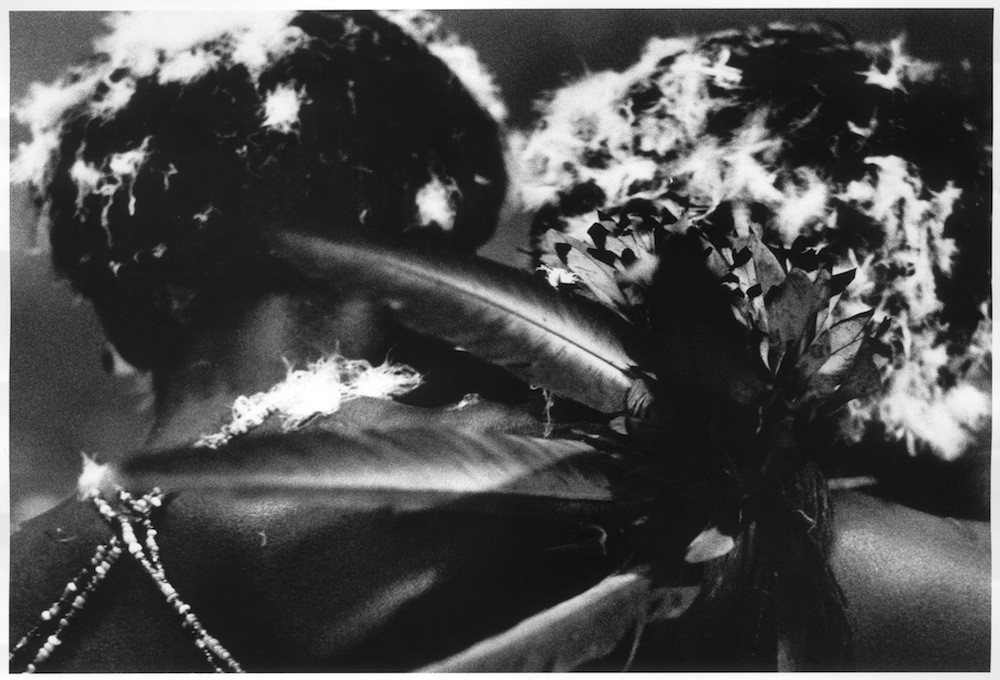
Through dreams and trances, Yanomami shamans transcend the physical confines of their bodies and the limits of the human consciousness to commune with the xapiripë.
Photo by Claudia Andujar
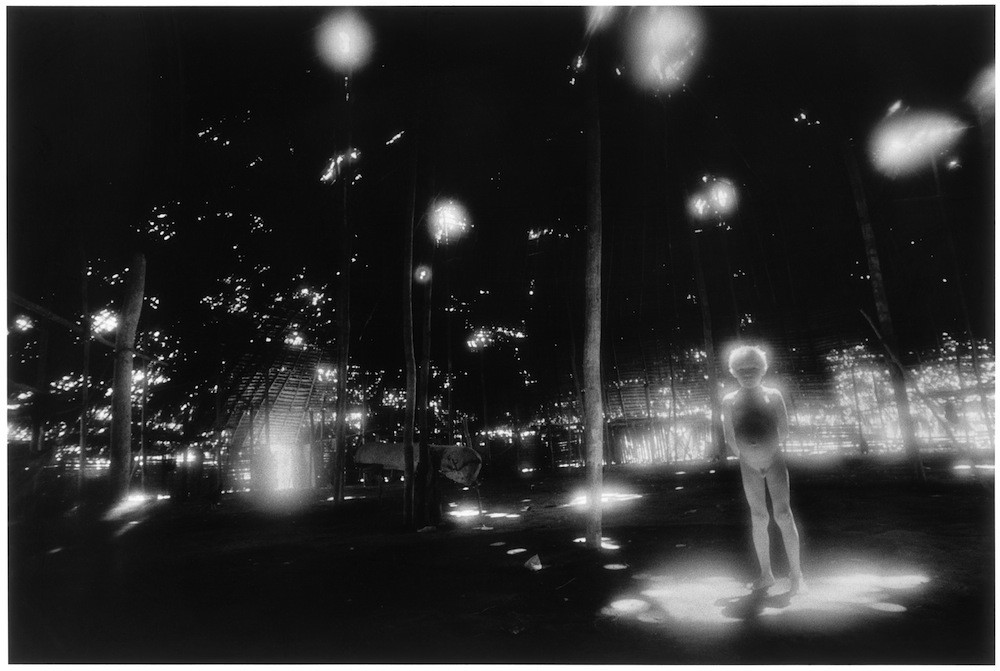
Davi first saw xapiripë as a child, and continued to see them in his sleep as he grew up. Only when he became an adult did he ask to be initiated as a shaman.
Photo by Claudia Andujar
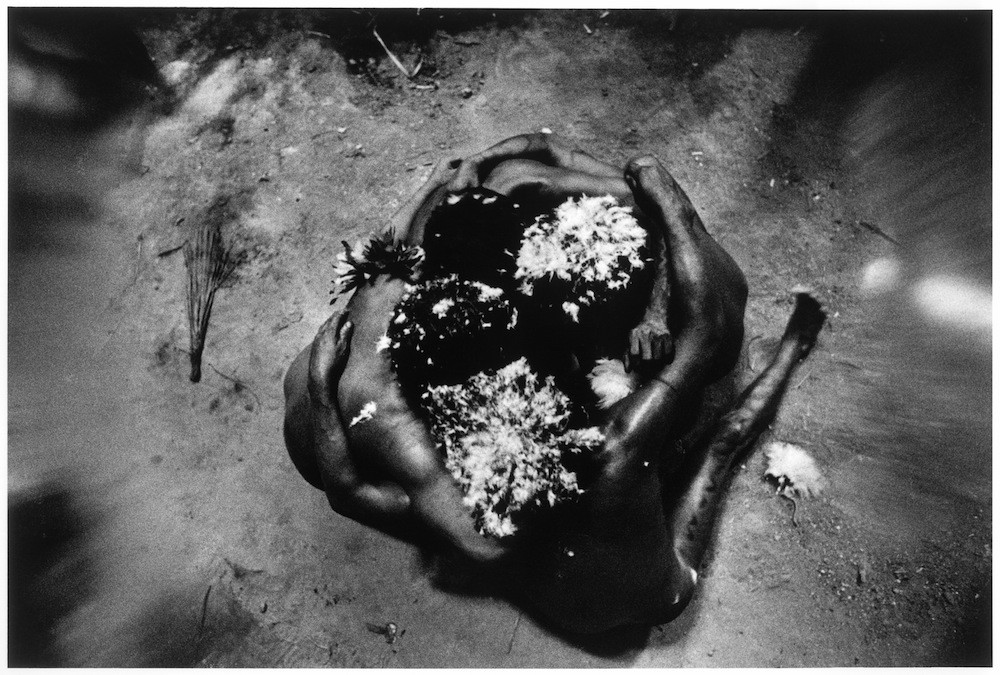
The xapiripë have danced for shamans since the very beginning of time. Their heads are covered with white hawk down, and they wear black bands made of monkey tails and turquoise cotinga feathers in their ears. They dance in a circle, unhurriedly.
Photo by Claudia Andujar
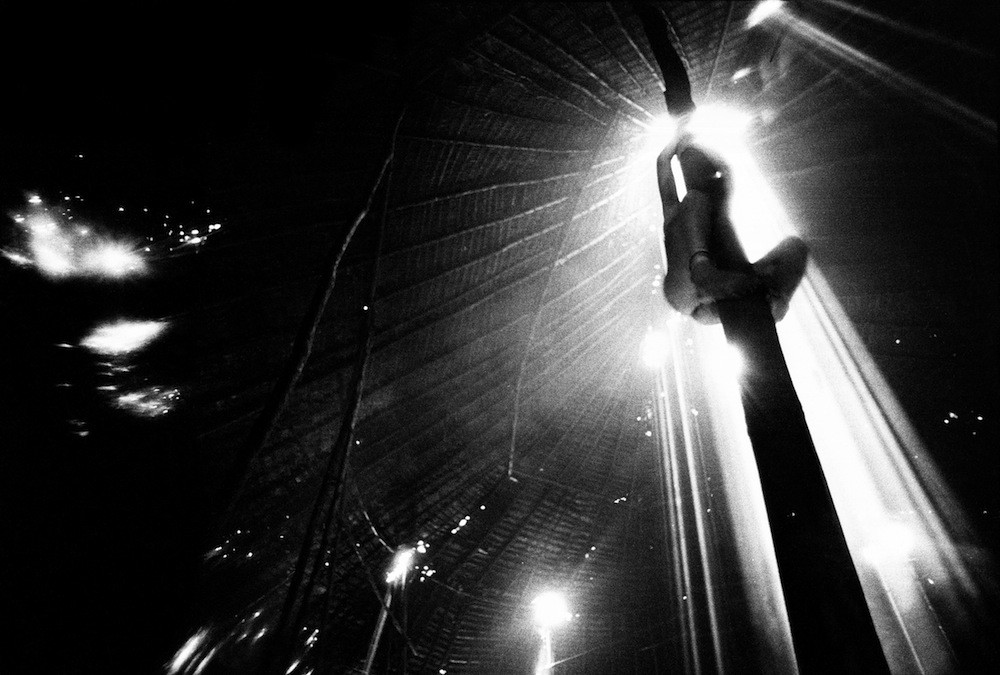
“They dance very beautifully and sing differently. There are different songs: the song of the macaw, of the parrot, of the tapir, of the tortoise and of the eagle,” says Davi.
Photo by Claudia Andujar

To the Yanomami, each person has an ‘image-essence’, a double called a utupë, to which they are joined until death. A utupë can present itself in the image of many different living creatures, including a bird, mammal or insect.
Photo by Claudia Andujar
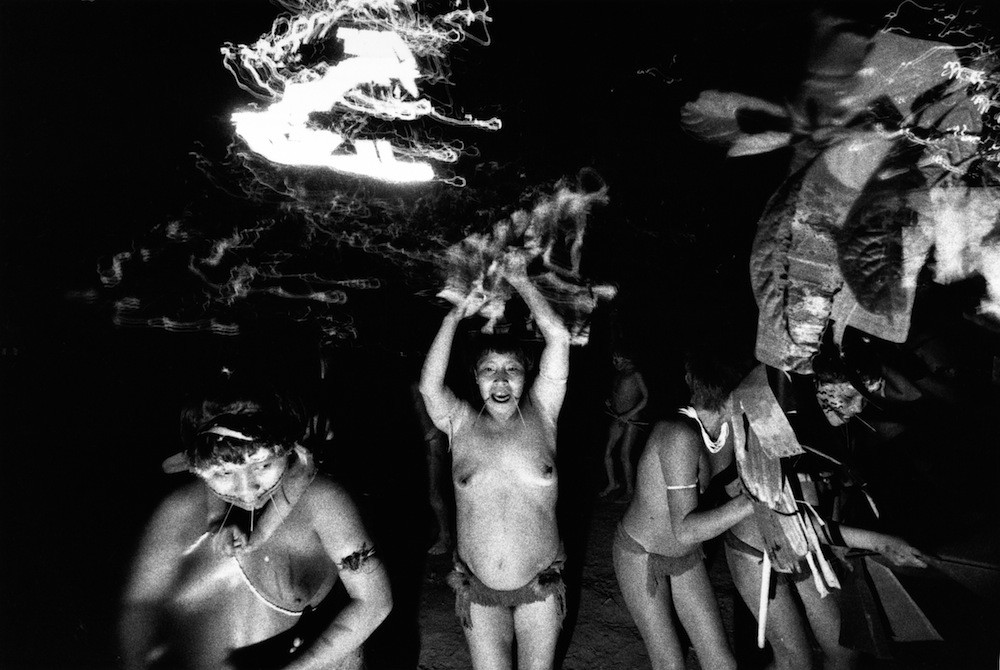
Yanomami shamans also enlist the help of xapiripë to cure human illnesses, using different medicinal plants to treat fevers, stomach-aches, muscular pains and other ailments. Diagnosing and detecting diseases takes years of shamanistic experience.
Photo by Claudia Andujar
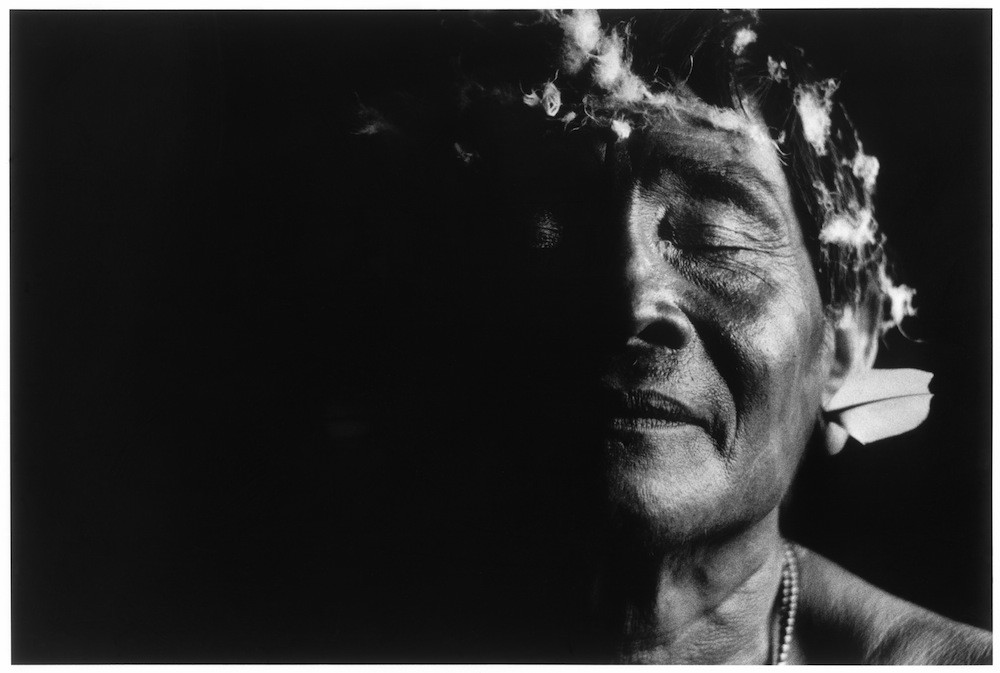
By communing with and controlling the xapiripë, the Yanomami shamans are not only protecting their own community, but looking after the rest of the world as well.
Photo by Claudia Andujar

Photo by Claudia Andujar
